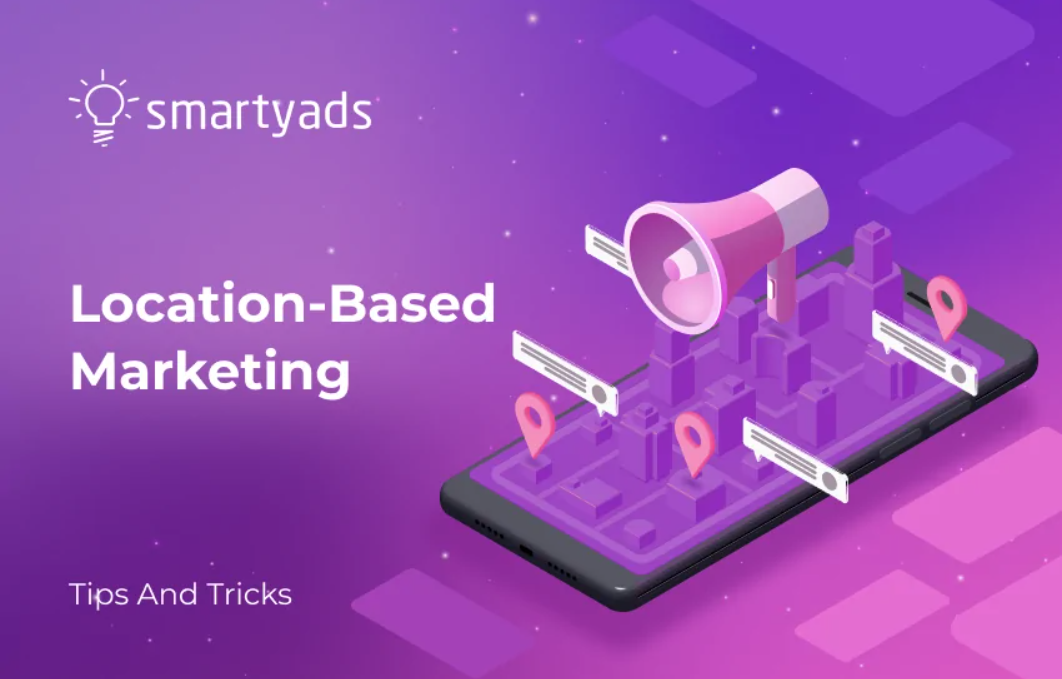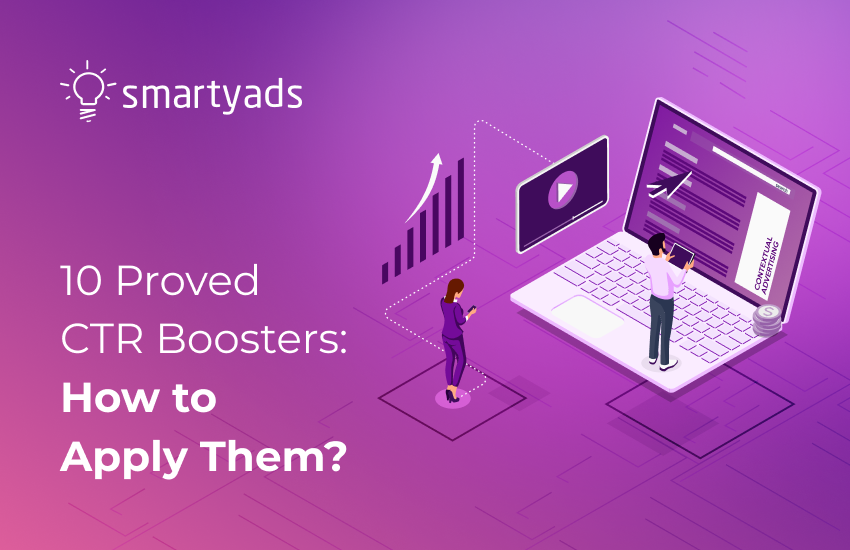First, let's define what geolocation marketing is and how it works.
Simply put, location-based marketing refers to the process of using a mobile device to target users based on their current or previously visited physical location, such as a city, store, or specific aisle in a store. It is sometimes referred to as geomarketing or contactless marketing.
That's made possible by using location-based technology, such as geofencing in apps, so that users can receive marketing notifications and advertisements based on their geographic location.
The Growing Importance of Location-Based Ads in the Era of Digitalization
With the increasing prevalence of smartphones and the ability to reach target consumers anytime, anywhere, place-based marketing has become an essential component of modern marketing strategies, bridging the gap between the digital and physical worlds and driving business growth through personalized, contextually relevant engagement.
The proliferation of GPS-enabled mobile devices has made location data a crucial source of information, considering that over two-thirds of the global population is now connected. Currently, there are approximately 5.44 billion mobile users and 5.16 billion Internet users worldwide, as reported by We Are Social.
With the increasing use of mobile apps for social engagement and shopping, this shift in consumer behavior presents an enticing opportunity for advertisers to leverage various social media platforms for marketing and advertising purposes.
Furthermore, the growing adoption of location-based services (LBS) by brands and advertisers, leading to the development of mobile apps, is expected to attract more customers and stimulate market growth.
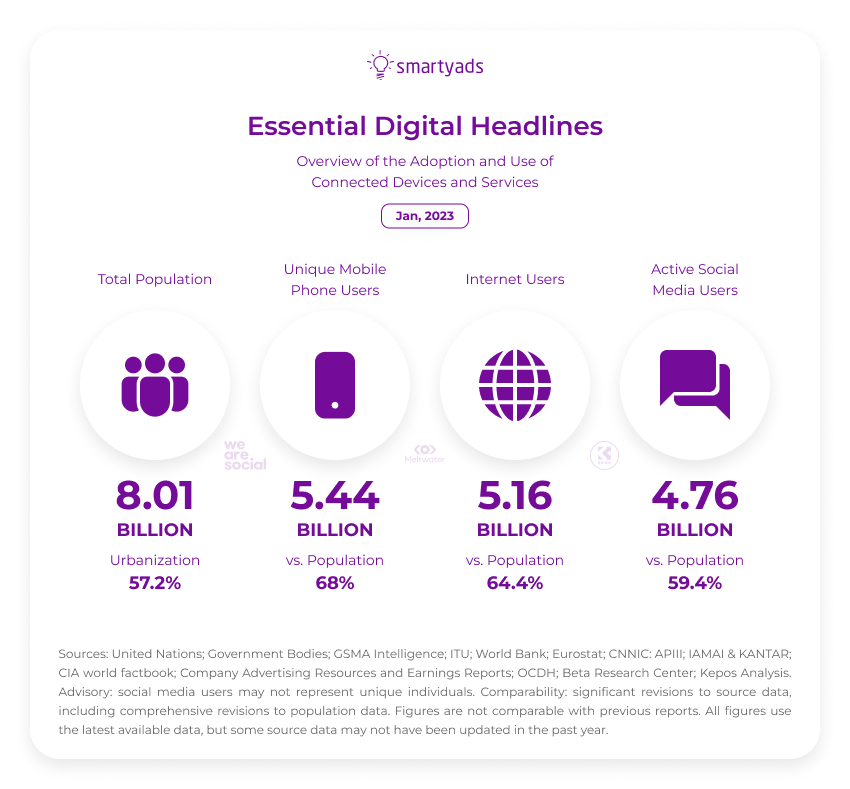
The adoption of GPS technology in mobile devices has witnessed significant growth, reaching nearly 100 percent in smartphones. Over the years, commercial GPS receiver sensitivity has undergone a remarkable 1000-fold improvement since 1998, thanks to advancements in satellite technology.
Additionally, the emergence of technologies like Assisted GPS (AGPS), the increased utilization of CellID positioning driven by the rise of Internet of Things (IoT) devices, and the expanding reach of 5G networks are expected to contribute to the growth of location-based services (LBS) and the location-based ads (LBA) market.
These advancements open up abundant opportunities for location-based marketing marketers, researchers, regulatory groups, and network providers to capitalize on the potential of the location-based advertising market.
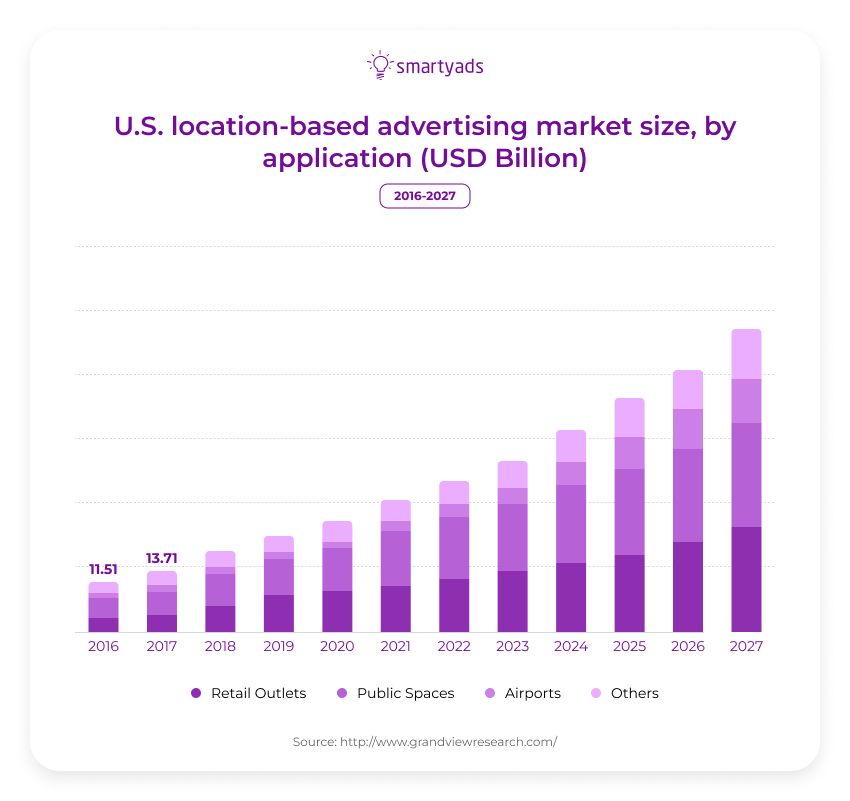
Importance of Consumer Location Data
Consumer location data has emerged as a pivotal asset in the modern digital landscape, offering businesses valuable insights and transformative opportunities. Its significance reverberates across various dimensions, shaping how companies engage with their target audience.
Personalization
Personalization lies at the heart of effective marketing strategies, and consumer location data enables businesses to deliver tailored experiences and messages based on real-time or historical location information. By customizing their approach, businesses can forge deeper connections, enhance customer satisfaction, and drive higher engagement.
Location-based targeting
Targeted advertising takes on a new level of precision with location data analysis. Armed with insights into location patterns, businesses can optimize their campaigns to reach specific geographic areas or demographic segments. This laser-focused targeting ensures that marketing efforts are efficiently directed toward the most receptive location-based audiences, leading to enhanced campaign effectiveness and greater returns on investment.
Contextual relevance
Contextual relevance is the key to capturing consumers' attention in an increasingly saturated digital environment. Businesses can deliver content that seamlessly aligns with consumers' immediate surroundings by leveraging location data. This contextual approach heightens relevance and boosts the likelihood of eliciting desired actions, amplifying marketing impact, and driving tangible results.
Hyperlocal marketing
Hyperlocal marketing empowers businesses to connect with consumers on an intimate, community level. By leveraging location data, companies can deliver location-specific information, promotions, or recommendations that resonate with individuals within a defined geographical radius. This hyperlocal engagement fosters a sense of belonging and personalized interaction, strengthening the bond between businesses and their local customer base.
Consumer behavior
Consumer location data is a treasure trove of invaluable insights into consumer behavior, preferences, and trends. By delving into this data, businesses gain a deeper understanding of their target audience, empowering them to make data-driven decisions, refine marketing strategies, and fine-tune their offerings to better align with customer needs and desires.
The attribution
The attribution of offline-to-online marketing efforts takes a significant leap forward with location data. By tracking consumer footfall or visits to physical stores, businesses can attribute online campaigns to in-store conversions. This closed-loop approach to attribution provides a comprehensive view of marketing ROI, allowing businesses to optimize strategies and allocate resources more effectively.
In a fiercely competitive landscape, leveraging consumer location data effectively can serve as a potent differentiator. By offering personalized and convenient experiences tailored to specific locations, businesses can establish a competitive advantage over rivals who rely on generic marketing approaches. This tailored approach resonates with customers, fosters loyalty, and positions businesses as industry leaders.
The Types of Location-Based Marketing
Location-based marketing strategies are quite diverse and present many options to engage with the target audience. Let's take a look at the main types of such marketing.
Geofencing
This entails the establishment of virtual boundaries or "fences" around specific geographical regions. As users enter or exit these predefined areas, businesses have the ability to deliver precise advertisements, offers, or notifications directly to their mobile devices.
Beacon marketing
Beacon technology utilizes Bluetooth low energy (BLE) devices to transmit signals to nearby smartphones or other mobile devices. By strategically deploying beacons in physical locations, businesses can send personalized messages, promotions, or recommendations to nearby customers, enhancing their engagement and overall experience.
Location-based notifications
This approach encompasses sending location-triggered notifications or alerts to mobile users as they approach a specific location. These notifications can encompass personalized offers, reminders, or pertinent information pertaining to nearby businesses or points of interest, ensuring users receive relevant and timely updates.
Proximity marketing
Proximity marketing harnesses location data to specifically target consumers based on their proximity to a business or point of interest. This strategy entails sending tailored messages or offers to individuals in close proximity, motivating them to visit a nearby store or capitalize on time-sensitive promotions.
Location-based social media marketing
Social media platforms employ location data to empower businesses to target users according to their geographic location. This functionality enables businesses to effectively deliver localized ads, engage with users in specific areas, and promote pertinent content tailored to their location.
Location-based search advertising
Through location-based search advertising, businesses have the ability to present targeted ads to users actively searching for specific products or services within their vicinity. These ads are prominently displayed in search engine results or mobile apps, effectively guiding users to nearby businesses or furnishing them with the pertinent information they seek.
Augmented reality (AR) marketing
AR technology overlays digital information in the real-world environment. Location-based AR marketing utilizes the user's location to deliver interactive and contextually relevant experiences, such as virtual tours, product demonstrations, or gamified promotions when they are in a specific location.
Location-based loyalty programs
By harnessing location data, businesses can create location-based loyalty programs to reward and engage customers effectively. Through these programs, businesses can offer special discounts, rewards, or incentives to customers who visit specific locations or achieve predetermined milestones. This strategic approach nurtures customer loyalty and motivates repeat visits, fostering a mutually beneficial relationship between businesses and their valued customers.
Benefits and Potential Challenges
Location-based advertising offers several benefits and opportunities for businesses but also comes with its own potential challenges. Let's explore both aspects:
Benefits of geo-targeting marketing strategy
Enhanced Relevance
Businesses can adeptly deliver precise and pertinent messages, offers, and promotions to consumers using location data, leveraging their real-time or historical locations. This heightened level of personalization significantly enhances the probability of capturing consumer attention and driving conversions, yielding optimal results for businesses.
Increased Engagement
By delivering content tailored to specific locations, businesses can cultivate higher engagement and customer satisfaction levels, leading to a more rewarding and mutually beneficial relationship between businesses and their target audience.
Better Customer Experience
By customizing marketing endeavors to specific locations, businesses have the ability to furnish customers with pertinent and location-specific information, recommendations, or discounts. This personalized approach significantly elevates the overall customer experience, resulting in amplified loyalty and a higher likelihood of repeat business.
Increased Foot Traffic and Sales
Location-based advertising drives foot traffic by sending targeted offers to nearby consumers, enticing them to make purchases, and leveraging proximity for impulse buying.
Precise Targeting and Segmentation
Geo data offers valuable insights into consumer behavior and demographics. By analyzing this data, businesses better understand their target audience, enabling more effective audience segmentation and customizing marketing campaigns to specific geographic areas. This approach maximizes the impact of marketing efforts.
Potential challenges of geo-targeting marketing strategy
Privacy Concerns
Collecting and utilizing location data raises privacy concerns among consumers. Businesses must navigate privacy regulations and ensure transparent data practices to build trust and mitigate any potential backlash.
Data Accuracy and Quality
Data can sometimes be prone to inaccuracies or inconsistencies. Relying on unreliable data may lead to ineffective targeting or misleading customer experiences. To maintain data accuracy, businesses must invest in reliable data sources and verification processes.
Technical Challenges
Implementing location-based ads requires technical infrastructure and capabilities. Businesses may face challenges in terms of data collection, integration, and real-time processing. Adequate technology and skilled resources are essential to overcome these challenges.
Opt-In and Permissions
Obtaining user consent for accessing GPS data can be a hurdle. Businesses must ensure clear communication and transparent opt-in processes to secure permission from consumers and comply with privacy regulations.
Competing with Noise
Location-based advertising relies on delivering content to consumers in specific locations. However, in highly saturated markets or crowded areas, businesses may face challenges in breaking through the noise and capturing consumer attention effectively.
Data Security
Location data is sensitive and valuable, making it a target for data breaches or unauthorized access. Businesses must implement robust security measures to protect location data from potential threats and breaches.
Adverse Customer Perception
If not executed thoughtfully, consumers perceive location-based advertising as intrusive or spammy. There should be a balance of personalization with respect for privacy.
Examples of Using Location-Based Marketing
Barneys New York
Barneys New York recently used beacon technology to transform its flagship store in Manhattan's Chelsea neighborhood. The renowned luxury department store integrated the iBeacon platform into its mobile app, offering users well-timed alerts about new content and helping them easily navigate the store.
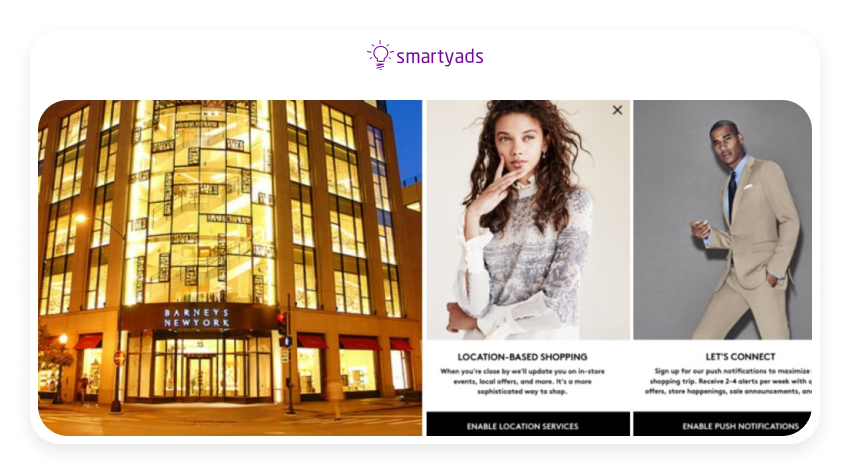
As part of the initiative, users accessing the Barneys New York app will receive two requests. The first request asks for permission to receive push notifications, and the second asks for consent to use customer location information to determine proximity to Barney's store.
Once accessed, users will receive personalized notifications based on the availability of items they have added to their mobile shopping bags or wishlists. In addition, they will receive personalized recommendations based on their recent participation in The Window, Barneys' in-house publication.
Coca-Cola
Coca-Cola, a famous beverage maker, is using location intelligence as a strategic approach to boost sales and optimize operations.
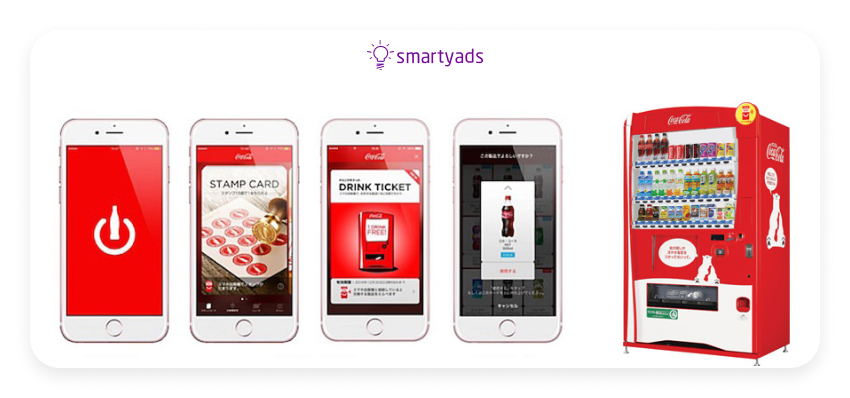
Today, one-third of Coca-Cola's vending machines are connected to the Internet, allowing them to share valuable data with the company. This data includes vending machine activity, which allows Coca-Cola to identify the busiest locations.
Using facial recognition technology and analyzing contactless payment trends, the company can identify the most popular drinks on sale. This data-driven approach has resulted in significant cost savings and improved profitability by streamlining supply chain management.
Going forward, Coca-Cola has ambitious plans to turn vending machines in developing countries into dedicated Wi-Fi access points. This innovative initiative aims to create a focal point for communities and generate additional revenue through services provided in close proximity.
GasBuddy
GasBuddy is a highly popular and user-friendly mobile application that has revolutionized how people find the best gas prices in their local areas. With its innovative approach to crowdsourced data, GasBuddy empowers users to make informed decisions about where to fuel up and save money.
By leveraging the power of community participation, GasBuddy allows users to actively engage in the process of sharing their location and reporting the prices they pay for fuel. This user-generated data forms the foundation of the app's functionality, creating a robust network of real-time information on gas prices across various locations.
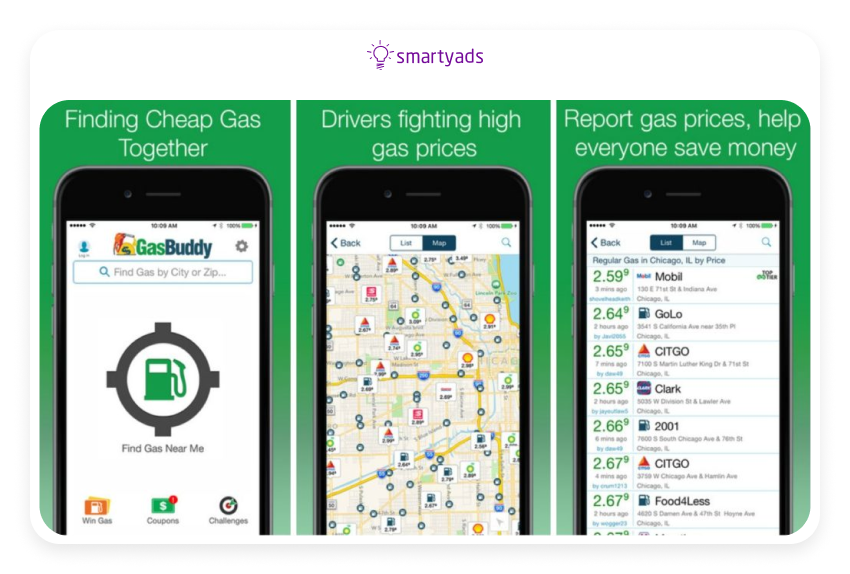
In this collaborative ecosystem, GasBuddy users act as key contributors, assisting each other in finding the most competitive fuel prices. By willingly sharing their own experiences and observations, users play a vital role in helping fellow drivers discover gas stations offering better deals. This sense of community and shared knowledge creates a virtuous cycle where everyone benefits.
The GasBuddy app seamlessly aggregates and analyzes crowdsourced data to provide its users with valuable insights. Armed with this information, users can easily locate nearby gas stations that offer more affordable prices than others. This enables them to save money on fuel expenses and helps them plan their journeys more efficiently.
With over 52 million downloads, GasBuddy has established itself as a go-to app for savvy consumers seeking cost-effective fuel options. Its growing user base is a testament to the app's effectiveness and the value it brings to people's lives. By harnessing the collective power of millions of users, GasBuddy has become a trusted companion for drivers, empowering them to make smarter choices at the pump.
GasBuddy's commitment to convenience and innovation extends even further. Recognizing the importance of seamless integration with other services, GasBuddy has developed partnerships and integrations with navigation apps, allowing users to seamlessly find the best gas prices along their route without the hassle of switching between multiple applications.
GasBuddy's success lies in its ability to leverage the power of technology and community collaboration to simplify the process of finding the best gas prices. As more users join the GasBuddy community, the collective knowledge and insights continue to grow, creating a network effect that benefits everyone involved.
Sephora
Who doesn't want to indulge in the thrill of receiving free goodies, particularly when it comes from a popular and beloved store like Sephora? Imagine being an app user, and suddenly, within the proximity of a nearby Sephora store, a push message pops up on your screen, offering you an enticing opportunity. The hope behind this thoughtful incentive is to drive an influx of customers into the store and enhance the likelihood of their shopping carts brimming with delightful treasures.
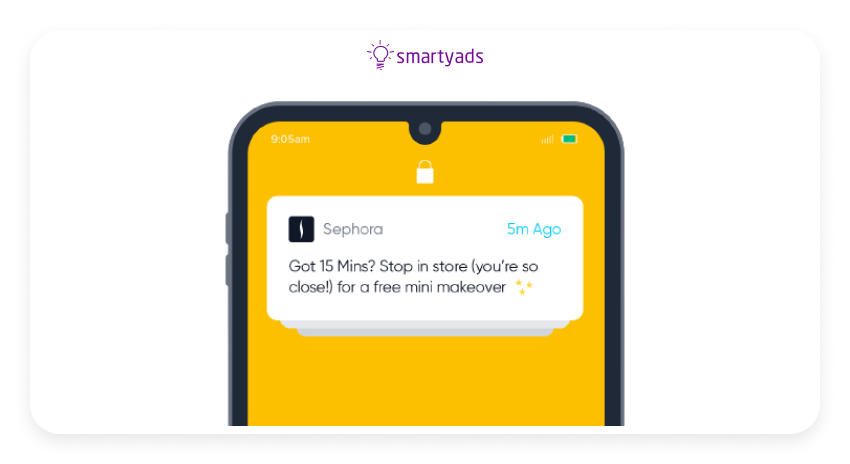
This captivating offer taps into two key aspects that make it truly irresistible. Firstly, its concise nature ensures that the message is delivered swiftly, grabbing your attention with its immediate appeal. Secondly, it brilliantly highlights how an in-person visit to the store will enrich your shopping experience, adding value in multiple ways that go beyond just the allure of freebies.
The underlying strategy revolves around demonstrating to nearby customers the added value they can relish by stepping foot inside the Sephora store. It's about emphasizing the unparalleled convenience of exploring the vast array of beauty products firsthand, with the added bonus of a tempting offer awaiting them. By presenting this message in a compelling, engaging manner, Sephora aims to ignite curiosity, excitement, and a sense of anticipation in the hearts of potential customers.
It's not just about the allure of complimentary items; it's about inviting customers to immerse themselves in a captivating environment where expert beauty advisors await, ready to offer personalized recommendations and advice. It's an opportunity to touch, feel, and test the latest makeup, skincare, and fragrance releases while reveling in the sensory experience only a physical store can provide.
The key takeaway from this marketing approach is to beautifully demonstrate to nearby customers the exceptional benefits they can savor through an in-store visit. By highlighting the unparalleled convenience, the joy of discovering new products, and the added bonus of an enticing offer, Sephora strives to create an irresistible proposition that encourages customers to embark on an exciting journey through their doors. In a world where digital interactions dominate, the allure of a physical shopping experience becomes even more enticing.
Bottom Line
In conclusion, location-based marketing harnesses the power of proximity and personalization to deliver targeted messages and offers to customers in specific geographic locations. By leveraging location intelligence and mobile technology, businesses can create engaging experiences, drive foot traffic to physical stores, and enhance customer satisfaction.
With the ability to provide relevant and timely information, location-based marketing holds tremendous potential for businesses to connect with their audience, increase brand awareness, and boost sales in today's dynamic and competitive marketplace.
